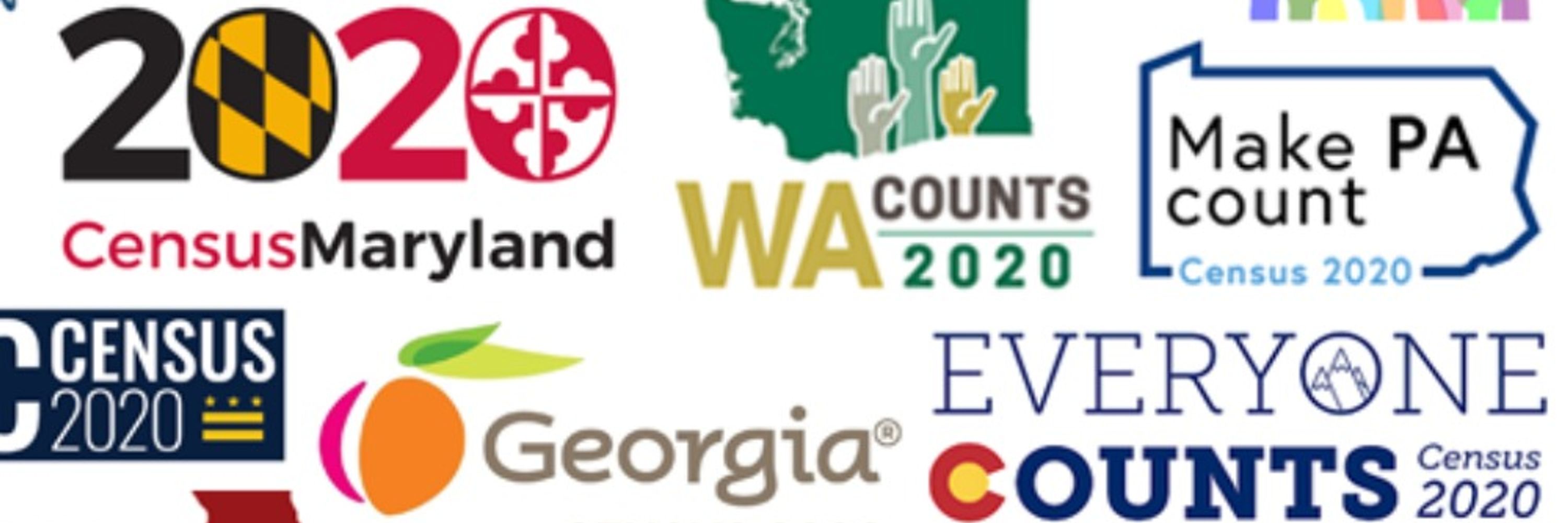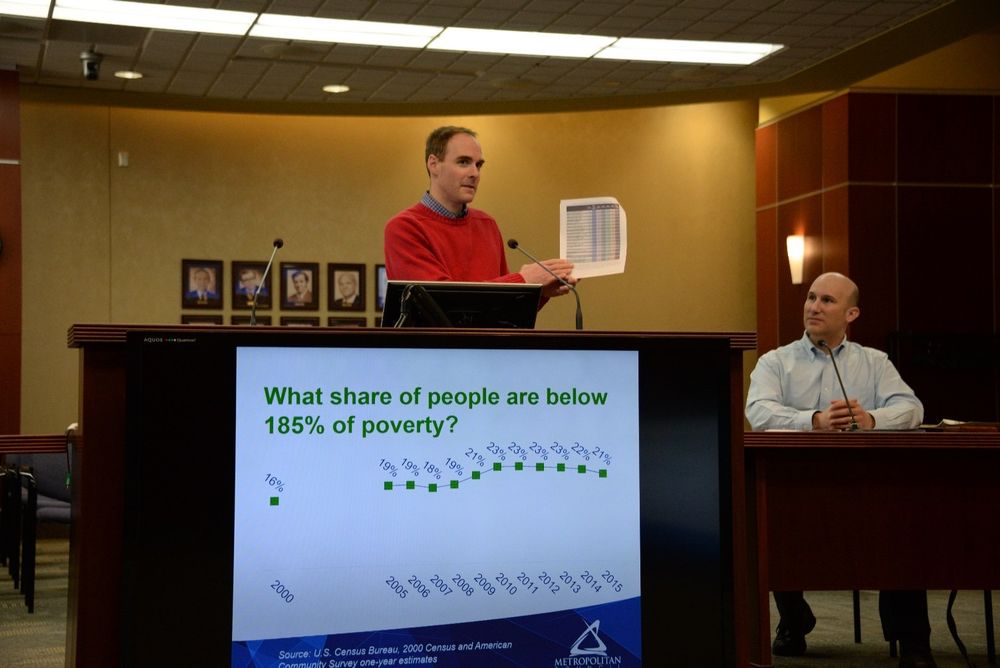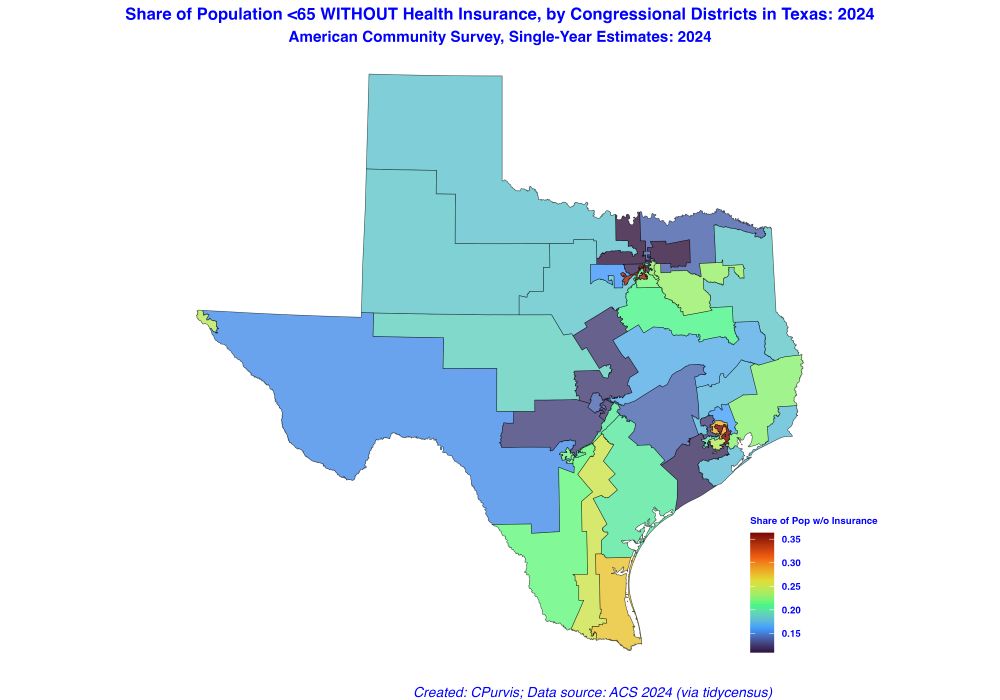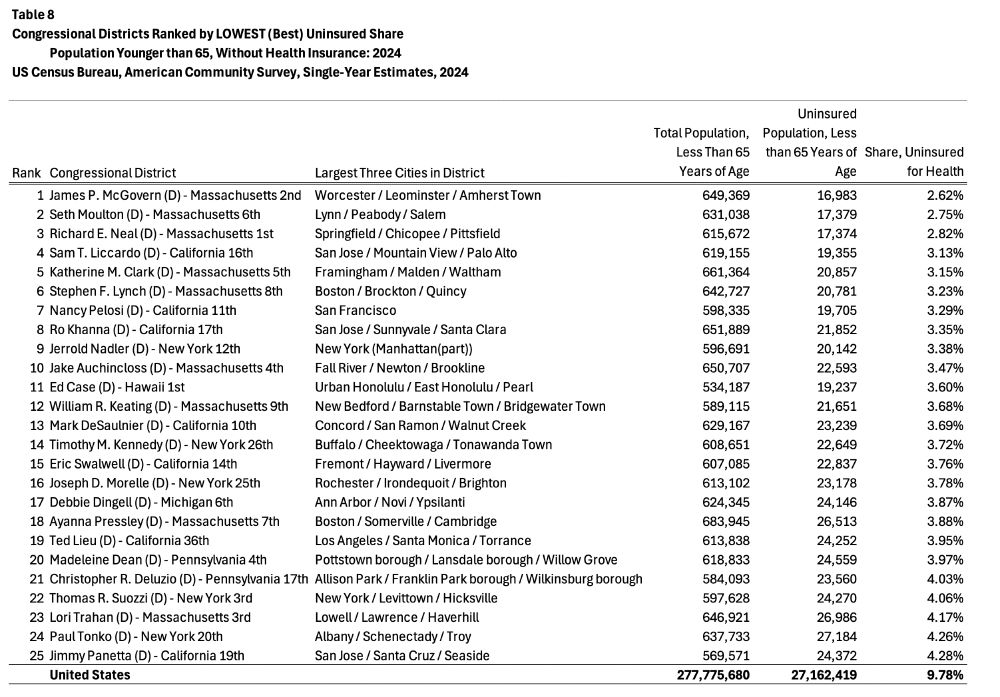Evolución de la población puertorriqueña en los estados: ¿cuánto ha cambiado su tamaño y distribución geográfica? | State Data Center
La diáspora puertorriqueña en los Estados Unidos: una década de expansión y transformación (2014–2024)
Entre 2014 y 2024, la población que se identificó como puertorriqueña residente en los Estados Unidos y el Distrito de Columbia aumentó. En conjunto, el total estimado pasó de 5,266,738 en 2014 a 6,110,356 en 2024, representando un incremento de 843,618 personas o un 16.0% de crecimiento en una década. El aumento confirma la expansión de la diáspora puertorriqueña y refleja tanto la emigración desde Puerto Rico, así como el crecimiento de las generaciones nacidas en los Estados Unidos.
La puertorriqueñidad está presente en todas las jurisdicciones de EE. UU., aunque su distribución es desigual. En el 2014, cuatro estados concentraban más de la mitad de las personas que se identificaban como puertorriqueñas
Principales estados con población puertorriqueña, Estados Unidos: 2014
Estado
Estimado
Por ciento del Total
Nueva York
1,095,858
20.8%
Florida
1,006,542
19.1%
Nueva Jersey
468,200
8.9%
Pennsylvania
423,755
8.0%
Los cuatro estados en la tabla agrupan aproximadamente 56.8% de la población puertorriqueña en los estados. El estado de Nueva York fue el que albergó el mayor número de personas que se identificaron como puertorriqueñas en el 2014, seguido de Florida, Nueva Jersey y Pennsylvania.
Una década más tarde, 2024, el panorama cambió, los principales estados continuaban, sin embargo hubo algunos cambios en la posición respecto a la cantidad puertorriqueños residiendo en estos.
Principales estados con población puertorriqueña, Estados Unidos: 2024
Estimado
Por ciento del Total
Florida
1,302,970
21.3%
Nueva York
1,001,051
16.4%
Pennsylvania
492,463
8.1%
Nueva Jersey
484,119
7.9%
El estado de la Florida desplazó a Nueva York como el estado con mayor número de personas que se identificaron como puertorriqueñas. De hecho, Nueva York perdió población puertorriqueña mientras que Florida ganó población. Por su parte, Pennsylvania desplazó a Nueva Jersey de la tercera posición, ambos estados ganaron población durante la pasada década.
Los estados que, en números absolutos, aumentaron población fueron: Florida (296,428), Texas (81,123), Pennsylvania (68,708) ,Carolina del Norte (61,314) y Ohio (45,479). Por otro lado, los estados que perdieron población puertorriqueña fueron: Nueva York (-94,807), Illinois(-29,701), Hawaii (-3,608), Nuevo México (-2,737) Alaska (-1,566). En términos porcentuales, entre 2014 y 2024, la población que se identifica como puertorriqueña aumentó considerablemente en varios estados de Estados Unidos. En Iowa, pasó de 5,429 personas en 2014 a 17,791 en 2024, un incremento del 227.7 %. En Utah, la población creció de 6,880 a 16,475, equivalente a un 139.5 %. En Dakota del Norte, el número de personas puertorriqueñas se duplicó, al pasar de 1,584 a 3,278 (106.9 %). En Carolina del Sur, la cifra casi se duplicó, aumentando de 32,188 a 64,122 (99.2 %). Finalmente, en el Distrito de Columbia, la población puertorriqueña creció de 3,968 a 7,621, un aumento del 92.1 %.
Al revisar los cambios absolutos y porcentuales del 2014 al 2024, algunos estados experimentaron una disminución notable en la población que se identifica como puertorriqueña. En Nuevo México, la cifra descendió de 10,194 personas en 2014 a 7,457 en 2024, una reducción del 26.9 %. Por su parte, en Alaska la población pasó de 7,034 a 5,468, lo que representa una caída del 22.3 %. En Idaho, se redujo de 4,461 a 3,528 (−20.9 %), mientras que en Montana bajó de 2,278 a 1,873 (−17.8 %). Finalmente, en Illinois, uno de los estados con mayor presencia histórica de puertorriqueños, la población disminuyó de 211,626 a 181,925, una contracción del 14.0 %.
Entre 2014 y 2024, la población puertorriqueña en Estados Unidos creció y se redistribuyó geográficamente. El eje de la puertorriqueñidad en los Estados Unidos se desplazó del noreste industrial hacia el sur, marcando un nuevo capítulo en la historia migratoria de Puerto Rico.
Fuente de datos: U.S. Census Bureau, American Community Survey 1-Year Estimates Profile Tables, Table DP05 2014 & 2024.
Cita sugerida: Oliveras, Lanselotte (2025) La diáspora puertorriqueña en los Estados Unidos: una década de expansión y transformación (2014–2024). State Data Center de Puerto RIco. Instituto de Estadísticas de Puerto Rico.

























